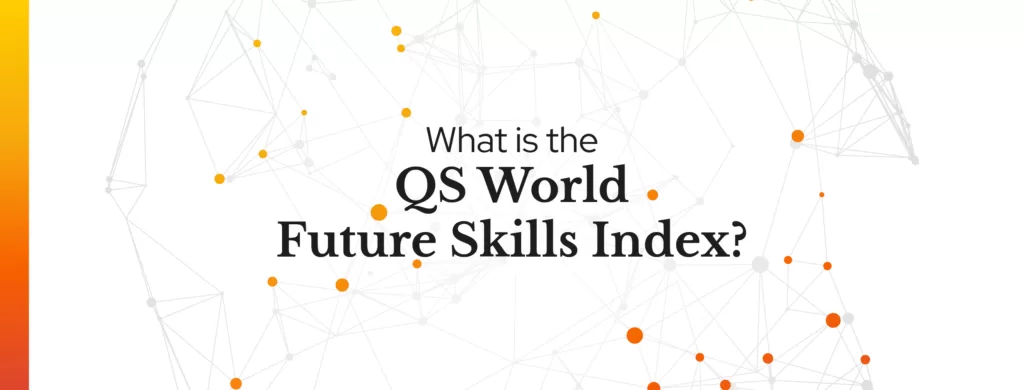
Big data has been tipped as the solution to many of life’s major problems, from working out whether there’s going to be a major disease outbreak, to helping us decide what to watch next on Netflix – big data solves everything.
Now some universities are using it to try and tackle deep-routed inequality.
Inequality is still widespread in universities, despite efforts made to the contrary. It’s difficult to tackle because, without meaningful analysis of the numbers and figures, accurately understanding the extent of the issue is impossible. Discrimination, under-representation or negative emerging trends may not be picked up on. Big data allows institutions to see the ingrained biases they may not be aware of.
Using big data in admissions
Universities have always been at the forefront of social development. As centres of learning and higher education, tasked with challenging existing views and furthering mankind’s knowledge, they are the institutions many would assume to be the most progressive.
Yet, there are many instances where universities and recruitment teams may be, inadvertently or not, discriminating against certain demographics. Big data allows university professionals to see the full picture, and the unbiased nature of statistics means that even ingrained beliefs can be altered. For example, the number of women is overtaking the number of men studying at university. In fact, a baby born in the UK in 2016 will be 75% more likely to go to university if female. There are obviously other areas where men dominate, but that doesn’t detract from this issue. With this data available, education professionals and the government can assess the reasons behind this and make adjustments.
It was also recently shown that black and minority ethnic students must do better than their white peers to get into universities. Whether this is conscious discrimination on the part of admissions staff, or unconscious bias, is impossible to tell. But now the statistics are known, universities can put in place procedures to deal with the problem.
It’s not just in admissions that big data helps either. At Kingston University, for example, staff have managed to reduce the attainment gap between ethnic minority students and white students by up to a third, by tracking and monitoring student engagement.
Using big data in staff recruitment
Staff are not exempt from these issues. In lower faculty positions, women are over-represented, but in higher positions men dominate. For ethnic minority staff the situation is similar. The Runnymede Trust, an independent race equality think tank, found that 92% of professors are white, and in senior management roles, only 15 (that’s the total number, not the percentage) are black across the UK. Big data makes it possible to see very clear gaps in higher education, in a way which is impossible to ignore.
Is big data really the answer?
Big data seems like it could well be the perfect solution, but it presents a number of issues. There are those who believe it may in fact contribute to discrimination, instead of challenging it.
The issue is that often data reflects the current state of the world, and therefore reflects our ingrained prejudices. Depending on how that information is used, it can either tackle those prejudices, or it can be used to justify them. For example, if statistically speaking a certain demographic of people performs better in a certain role than another demographic, that statistic can be used to suggest that inherently that first group is just better at that specific thing. Inherently we understand why this is a ridiculous suggestion, but it proves just how easily data can be manipulated.
So, universities need to ensure that they’re not manipulating the data available to them, and that when they’re implementing policies, thorough research into the causes and contexts behind trends is carried out.



